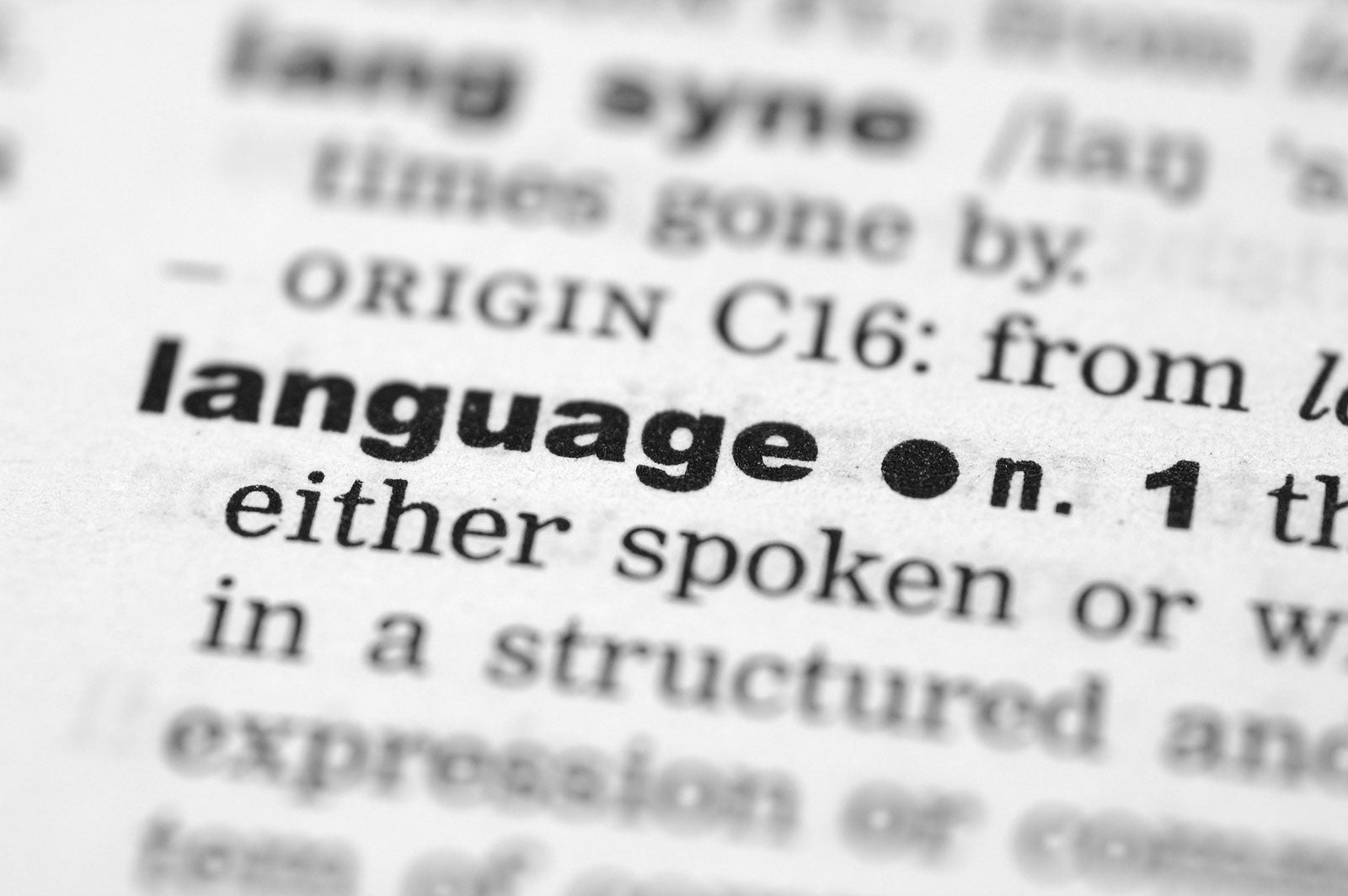
Bigstock
May 03, 2016
With 22% of students ages 12 – 18 years old currently reporting having been a target of bullying, concerns about bullying in schools have motivated hundreds of books to be written and a wide variety of programs to be designed and implemented with the goal of turning the tide of bullying. Many of these books and programs aim to change the behavior of “bullies.” And herein lies one of the problems that makes it so challenging to change the dynamic of bullying.
First, what is it? Bullying is the repeated actions or threats of action directed toward a person by one or more people who have or are perceived to have more power or status than their target in order to cause fear, distress or harm.
When most people picture a “bully” in their minds, they see someone who is bigger than everyone else and goes around intimidating others. Because of this perception, if you ask a room full of students if they have ever been a “bully,” chances are no one will raise their hand. Ask the same students if they have ever excluded someone, called someone a name, spread rumors or picked on someone because of the way they look, you will find that many hands – if not all – will go up.
This tells us that there is a disconnect between being labeled a “bully” and actually engaging in bullying behavior. As long as that disconnect exists and we continue to use the label “bully,” we will not be able to engage students in real conversations that challenge the social norms around bullying. By identifying bullying as a behavior rather than a label assigned to a person who exhibits the behavior, a few things happen:
We live in a society that often uses labels to stereotype and simplify people. Unfortunately, bullying is not a simple concept and it is up to educators and families to engage the young people in their lives in better understanding that bullying refers to a behavior and not a person, and that it is a behavior that all people at some time in their lives have engaged in. Understanding this difference empowers and motivates young people to move from being a bystander to an ally.